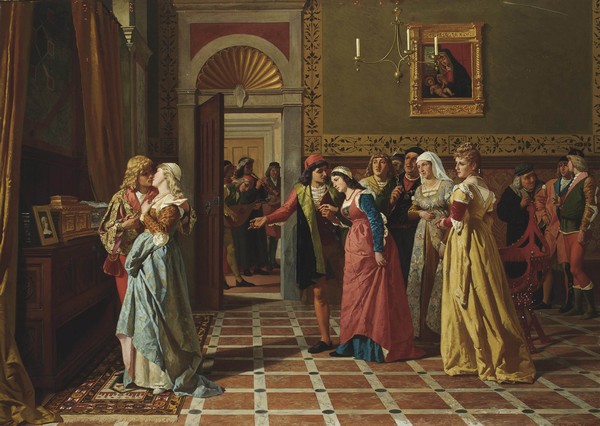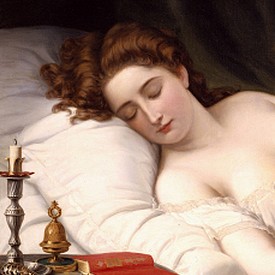
Pianist Marion Stein was born in Vienna to a Jewish family in 1926. In 1938, they fled Austria for England, fleeing Nazism, and she studied at the Royal College of Music in London. She began a career as a concert pianist, which she abandoned at her 23 when she married George Lascelles, Earl of Harewood, and nephew of George VI. A common friend, Benjamin Britten, had introduced them. We all know that a countess could not travel the globe giving piano recitals, but she could focus on promoting musical projects, and that's what she did. Marion Harewood, along with her children's piano teacher Fanny Waterman, edited several collections of notebooks to study piano, including “Me and My Piano” and "Piano Progress Studies," and they founded the Leeds International Piano Competition in 1963.
With writer Ronald Duncan, whom we place in the musical world as the librettist for Britten's opera The Rape of Lucretia, Marion Harewood compiled a book that was published in 1964, Classical Songs for Children. The collection included pieces by Purcell, Mendelssohn, Schubert, Schumann, Brahms and Mussorgsky, among others, arranged by Percy Marshall Young. They also wanted it to have three original compositions, and they chose three composers who had already written for children: Britten, Francis Poulenc, and Zoltán Kodály.
The name of Britten must have come to them immediately, as he was a friend of both. I'm not sure if they had any connection with Poulenc, but the composer was a friend of Britten and Peter Pears for many years. It should not be difficult to convince him. I don't know how they got to Kodály, a great pedagogue as well as a composer who was around seventy years old. Maybe he was one of their musical acquaintances, or they met him through Fanny Waterman.
All three composers were requested to compose a song upon one of Shakespeare's songs, which is sung in the second scene of Act 3 of The Merchant of Venice. In the play, the nobleman Bassanio wants to marry Portia, and Portia wants to marry Bassanio, but the father of the young woman does not make it easy for them. Those who wish to wed his daughter will have to fulfil two requirements: they must deposit a substantial sum into the marriage (which Bassanio must borrow, thus creating the conflict of the play) and they must choose correctly which of three caskets holds the portrait of Portia. One of the caskets is made of gold, the other of silver, and the third of lead. If the suitor decides the right casket, he will have Portia's hand; if he doesn't, he won't see her again. While Bassanio is reflecting on it, someone sings a song that begins with the verse Tell me where is Fancy bred. The song uses words rhyming with lead, which is how the singer hopes to get Bassanio to choose the lead chest, which contains the portrait.
A couple of weeks ago we listened to Fancy, the song Poulenc composed with this text (and dedicated to Flora and Miles, the children of Britten's opera The Turn of the Screw), but I didn't explain why he wrote it. This week, once we have the context, we will listen to Britten's version, also for voice and piano (a few years later he arranged it for choir and piano), as well as Kodály's version, for female chorus. The performers will be Nicky Spence and Malcolm Martineau and Györ Girls' Choir.
Tell me where is Fancy bred,
Or in the heart, or in the head?
How begot, how nourished?
Reply, reply.
It is engender’d in the eyes,
With gazing fed; and Fancy dies
In the cradle where it lies.
Let us all ring Fancy’s knell:
I’ll begin it,—Ding, dong, bell.


















Comments powered by CComment